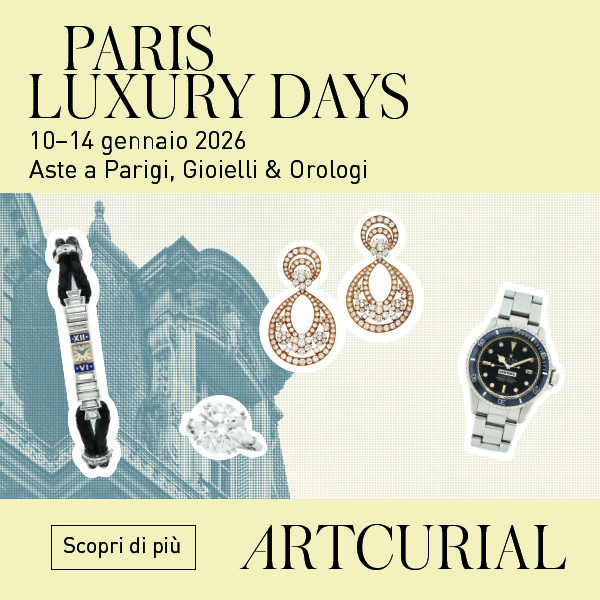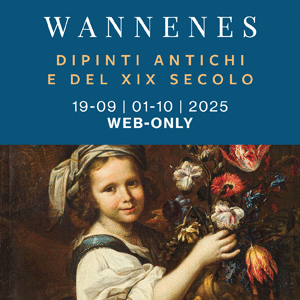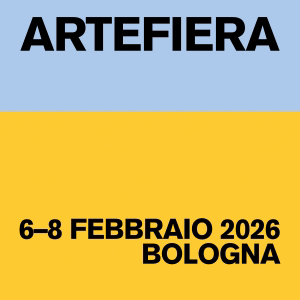 The University of California, Berkeley Art Museum and Pacific Film Archive (BAM/PFA) will open its new building to the public on Sunday, January 31, 2016. Located at the intersection of Oxford and Center Streets, directly across from the UC Berkeley campus, the new building designed by Diller Scofidio + Renfro will provide improved spaces for exhibitions, film screenings, and public access to BAM/PFA collections.
The University of California, Berkeley Art Museum and Pacific Film Archive (BAM/PFA) will open its new building to the public on Sunday, January 31, 2016. Located at the intersection of Oxford and Center Streets, directly across from the UC Berkeley campus, the new building designed by Diller Scofidio + Renfro will provide improved spaces for exhibitions, film screenings, and public access to BAM/PFA collections.
The new BAM/PFA’s inaugural exhibition, Architecture of Life, will explore the ways that architecture—as concept, metaphor, and practice—illuminates aspects of life experience: the nature of the self and psyche, the fundamental structures of reality, and the power of the imagination to reshape our world. The exhibition will present an international selection of over 200 works of art, architectural drawings and models, and scientific illustrations made over the past two thousand years. Architecture of Life will occupy all of the gallery spaces in the new BAM/PFA from January 31 to May 29, 2016.
The exhibition is organized by BAM/PFA Director Lawrence Rinder, who comments: “Visitors to Architecture of Life will be able to engage with the breadth and depth of cultural experience at UC Berkeley. Boundary-breaking, innovative, and radically interdisciplinary, the exhibition will present visually exquisite, rarely seen works in ways that suggest new connections and meanings.”
Charles Renfro, partner at Diller Scofidio + Renfro, states “DS+R is thrilled that the first show in the new building will form a synthesis with it, foregrounding the power of architecture to go beyond function to inspire and surprise within a building that we designed to inspire and surprise.”
Architecture of Life will include works by Noriko Ambe, Ruth Asawa, George Ault, Lee Bontecou, Louise Bourgeois, Gustave Caillebotte, James Castle, Diller Scofidio + Renfro, Marcel Duchamp, Suzan Frecon, Ernst Haeckel, Ganesh Haloi, Toyo Ito, Stephen Kaltenbach, Frederick Kiesler, Kimsooja, Paul and Marlene Kos, Fernand Léger, Otto Lehmann, Ad Reinhardt, A.G. Rizzoli, Till Roeskens, Ludwig Mies van der Rohe, Fred Sandback, Viktor Schauberger, Hedda Sterne, Al Taylor, Rosie Lee Tompkins, James and John Whitney, Lebbeus Woods, and Iannis Xenakis, among many others.
BAM/PFA is renowned as a haven for film lovers. During the inaugural year in the new building, international and local filmmakers, critics, special guests, and experts on film will share their love of cinema in the series Cinema Mon Amour. In its new downtown location, BAM/PFA will expand its film offerings for K–12 students and lifelong-learning audiences, as well as introduce limited runs. The richness and depth of BAM/PFA’s film programs will continue to honor the art of cinema in the widest possible sense of its expression from early cinema to contemporary films.
Designed by the world-renowned firm Diller Scofidio + Renfro (known for such projects as New York City’s elevated High Line park and the Lincoln Center Redevelopment Project, The Broad Museum in Los Angeles, and the Institute of Contemporary Art, Boston), the new BAM/PFA integrates a 48,000-square-foot Art Deco–style building, formerly the UC Berkeley printing plant, with a 35,000-square-foot new structure. The new building will total 83,000 square feet, with 25,000 square feet of gallery space. The $112 million project has been funded through a philanthropic capital campaign and private sources.
Diller Scofidio + Renfro was selected for the project for the firm’s unique ability to connect an institution to a wider urban and public context. The design supports BAM/PFA’s mission and enhances its ability to provide the community with exceptional art and film experiences.
“The new home for BAM/PFA,” states Renfro, “will leverage its location between downtown Berkeley and the UC campus by providing unprecedented visual and physical access to its programs for both visitors and casual passersby. BAM/PFA will become a new social and cultural hub for the entire region.”
“The design merges the old and new to create a permeable interface between the institution and the public,” Renfro continues. “The supple body of the new structure, draped between the original 1930s orthogonal buildings and snagged on their sharp corners, creates a dramatic public spine that begins as a cantilevered cafe marking the building’s entrance, and culminates in an indoor theater on the other end of the site. The sculptural form of the theater volume reinterprets the 1930s Streamline Moderne style of the press building in a contemporary language of ruled surfaces and precision-formed stainless steel. At the Addison Street end, the new structure is integrated with a large outdoor LED screen and lawn for public screenings. The theater hovers above an open excavation, exposing the library and study centers located underneath the theater to the public. The printing plant’s original and distinctive north-facing sawtooth roof is strategically used to provide indirect natural light into many of BAM/PFA’s new ground-floor galleries. The original Center Street storefront windows of the printing plant have been enlarged to encourage greater connection between pedestrians and the institution’s programs.”
Visitors will enjoy two film theaters (with 232 seats and 33 seats, respectively), a performance forum, cafe, four study centers for art and film, a reading room, an art-making lab, and various creatively designed gathering areas. Rinder notes: “The new BAM/PFA combines serene spaces for viewing art and film with public areas that will inspire audiences with their fresh, imaginative design and versatility.”
BAM/PFA will be a new anchor for Berkeley’s downtown arts district with screenings of some four hundred films and presentations of up to twenty art exhibitions annually, as well as an extensive schedule of public programs and performances. The versatile galleries will accommodate a range of artwork and the theaters will be equipped with state-of-the-art projection, sound, and acoustics. The new building will further accentuate the institution’s role as both the visual arts center of the University as well as a destination for all art and film lovers—students, local residents, and visitors from around the globe.









